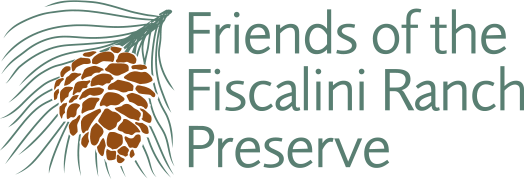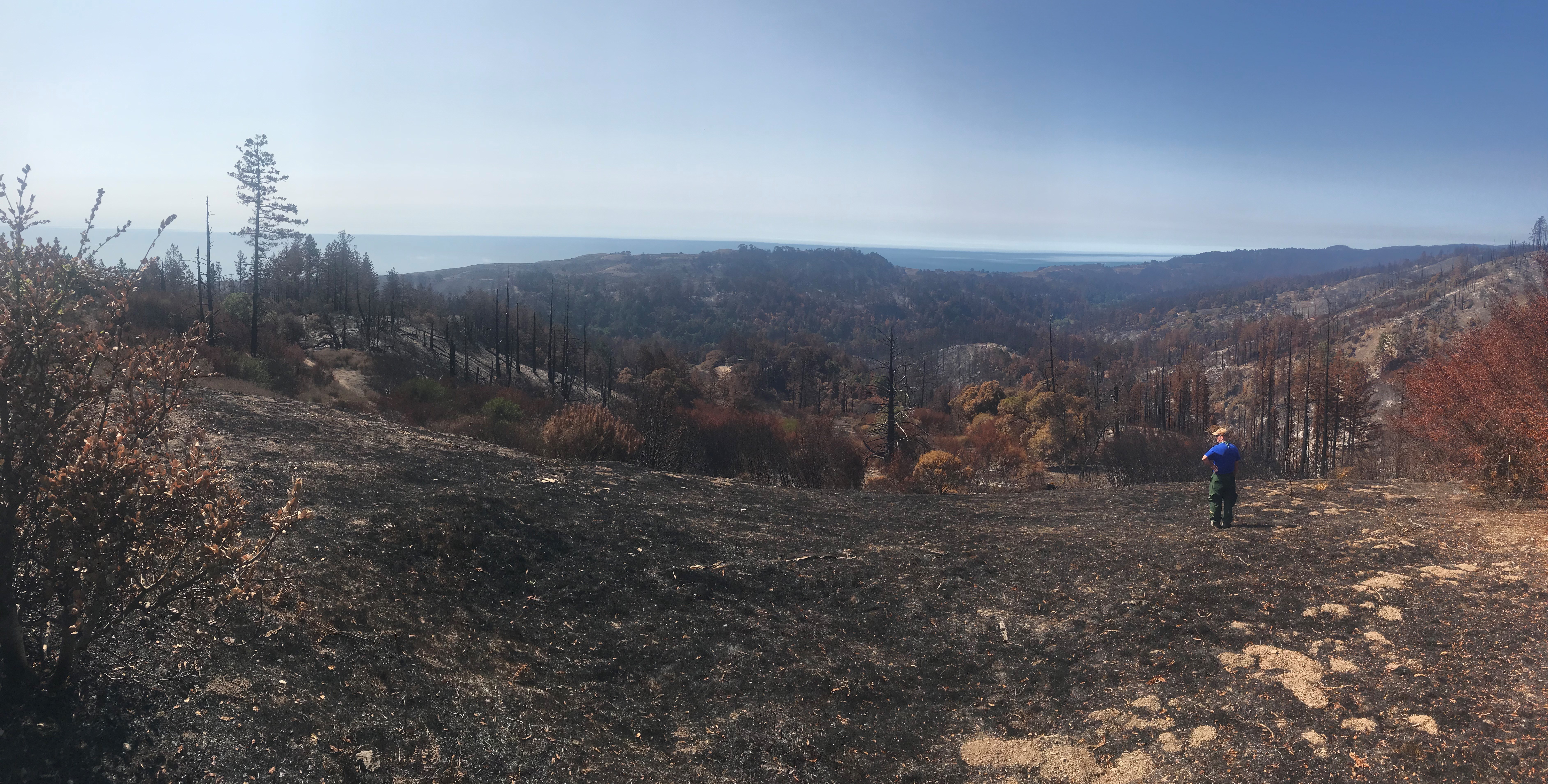As the risk from devastating wildfires has increased dramatically over the last few years, California has reduced the barriers to conducting fire safety and ecosystem health projects. The California Vegetation Treatment Program (CalVTP) is part of that effort. CalVTP is a state-wide program to use burning, mechanical treatments, hand crews, herbicides, and prescribed herbivory (by goats, for example) to reduce the risk from wildfires and restore healthy ecosystems.
The impacts of CalVTP were evaluated by a Program Environmental Impact Report (PEIR). The goal of the PEIR was to evaluate impacts statewide so that each project would not need its own expensive and time-consuming EIR. Most resource agencies in California were party to the PEIR, but the California Coastal Commission was not. Currently, to conduct a CalVTP project within the coastal zone, each project needs a separate Coastal Development Permit (CDP) from the California Coastal Commission.
The Upper Salinas-Las Tablas Resource Conservation District (USLTRCD) has taken the lead in developing a blanket agreement with the California Coastal Commission and the County Planning and Building Department, the State Department of Forestry and Fire Protection (CalFire), and the County Fire Safe Council to allow projects under a Public Works Plan (PWP) rather than conducting project-by-project permitting.
USLTRCD drafted and adopted its Forest Health and Fire Resilience PWP with this goal in sight. The PWP provides a planning framework to efficiently review and authorize vegetation management projects located from just north of Morro Bay to the Monterey County border.
The PWP will cover projects for ten years using principles, strategies, and best management practices that align fire prevention planning with the protection of coastal resources. If the PWP is certified by the California Coastal Commission, projects that are PWP-compliant and are designed with USLTRCD oversight will not be required to obtain an individual CDP from the County or pay CDP fees to the County. This means USLTRCD, with a registered professional forester on staff, will become the lead agency for most fire safety and forest health projects in our area.
No projects will be approved automatically. Project proponents must conduct a Project Specific Analysis (as per the CalVTP PEIR) and, in the coastal zone of the County, also file a Notice of Impending Development to certify it complies with the PWP’s Coastal Vegetation Treatment Standards developed with the California Coastal Commission. Public comment is part of both these reviews. The California Coastal Commission will hold a virtual public meeting on Friday, October 15, to consider the matter. The PWP is at the end of the agenda (item #21) for a meeting that begins at 9:00 a.m. For more information, go to: coastal.ca.gov/meetings/agenda/#/2021/10.
Image: Swanton Ranch after 2020 fire https://spranch.calpoly.edu/CZU_Lightning_Complex_Fire_Recovery
First published in https://cambriaca.org/



